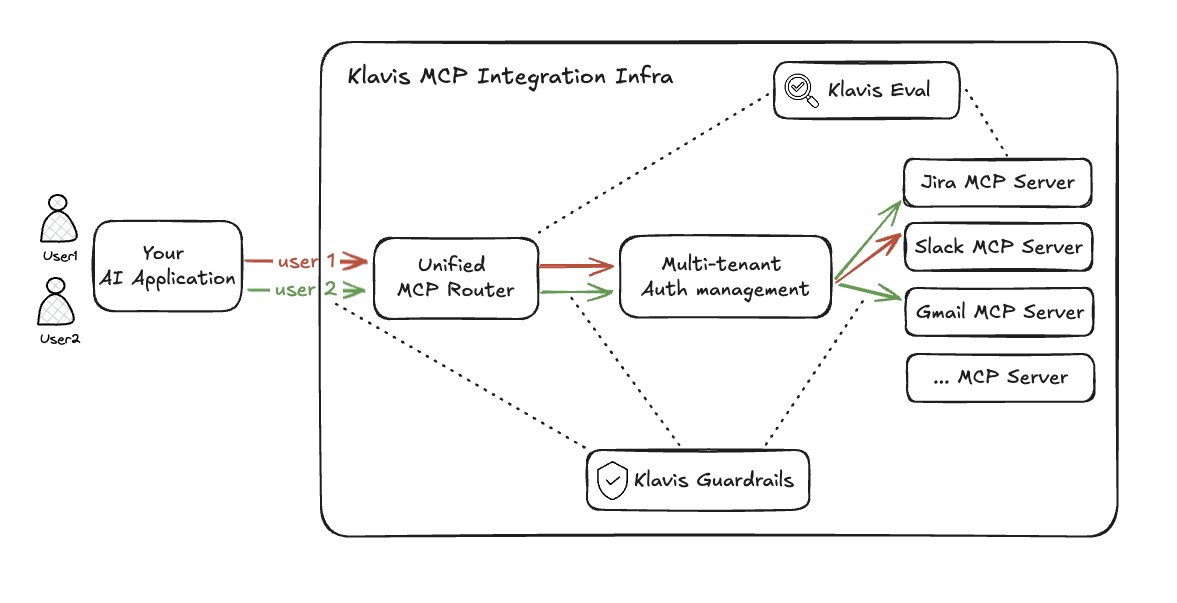#Seeing the Big Picture: AI may continue to overheat.
0️⃣ Although there's been little discussion in the Chinese forum, Ukraine just launched its largest drone attack since the Russo-Ukrainian War two days ago, targeting nearly half of Russia's seaborne crude oil export processing facilities, including Primorsk, Russia's largest oil loading port in the Baltic Sea, over 1,400 km from the front lines.
Previous attacks primarily focused on refineries that impact Russia's domestic fuel supply. Now, Ukraine is targeting the lifeblood of the Russian economy—a core node for global energy exports.
The Russo-Ukrainian War is a prime example: when key logistics nodes can be easily targeted, the risk exposure of any industry dependent on physical manufacturing, cross-border transportation, and complex supply chains is dramatically increasing. For decades, globalization was built on the assumption of safe and low-cost transportation. Today, that assumption has been shattered.
--
1️⃣ Macroeconomic uncertainty is also rife. On the one hand, US job creation has almost stagnated, and the unemployment rate has climbed to its highest point since 2021, raising concerns about stagflation and, as a result, reducing risk appetite.
On the other hand, liquidity in the financial system is exceptionally abundant. US household net worth has reached a record $176 trillion, while over $7 trillion in cash is parked in money market funds. A significant amount of capital is seeking an outlet, yet it has become more sensitive and wary of risks than ever before.
---
2️⃣ Intersection Point: A Move Towards the Virtual Economy?
When risks and uncertainties in the real economy rise simultaneously, and capital urgently seeks growth opportunities, a clear trend is likely to emerge: a shift away from the real economy and toward the virtual economy.
Since manufacturing and logistics are so unpredictable, why not choose a sector that exists almost entirely in the digital world and is currently trending?
The sector is obvious: AI.
The more unstable the real economy, the more likely the AI sector will become overheated.
A disproportionate amount of safe-haven capital and entrepreneurial talent seeking security will flow into the AI sector.
Geopolitical conflicts and macroeconomic difficulties may inadvertently become the biggest catalyst for the next round of irrational exuberance in the AI sector.




